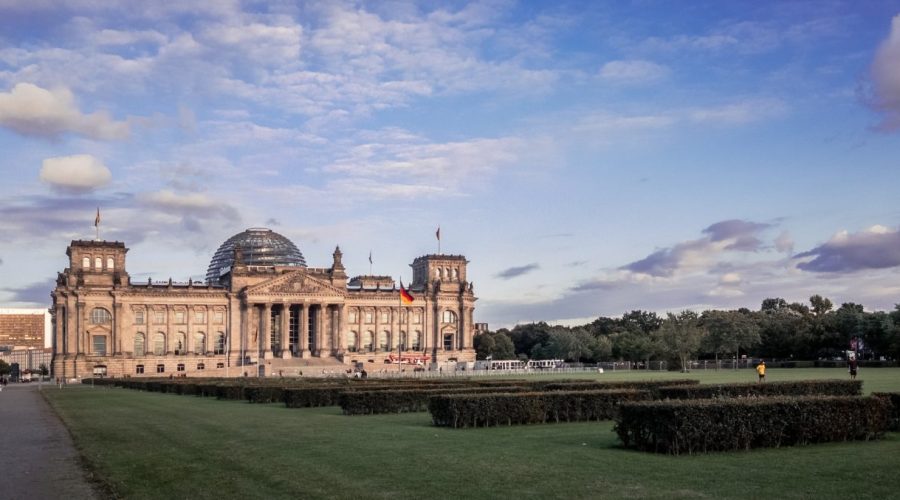How to Engage Your Audience with Storytelling Techniques on Berlin Walking Tours
Are you a Berlin walking tour operator who needs to impress and entertain your audience? Storytelng is a potent weapon which will make tours unforgettable so that lasting impact is created on tour participants. In today’s blog post, we will outline successful storytelling techniques that can engage your guests and transport them through the rich history of Berlin.
The Power of Storytelling
Humans are wired to a certain degree to be drawn to stories. Stories can tell a lot, evoke other feelings, connect the teller and the listener, and render information more memorable. By incorporating storytelling into your Berlin guided tours you are able to transform dry history into enthralling stories that will keep your audience from start to finish.
Research and Preparation
Pre tour for any walking tour is to research thoroughly about historical events, landmarks and stories, you planned to share. Get an overview of the details and make sure that the facts are correct. Your historians should delve into first-hand sources including books, documentaries, and local records for historical facts.
Having a clear narrative is crucial in making a walking tour successful. Begin by sketching out the major items you wish to discuss and see them in a logical flow. This will also help you lead your audience through a clear and compelling narrative as you go from one place to another.
Creating Characters and Context
One way of effective storytelling is to develop characters and put backgrounds behind the stories you tell during the tour time. This enables your listeners to picturize events and relate to the people who were living through them.
Perhaps for instance when talking about the Berlin Wall introduce your audience to people who know what it was like to have been made by it and also to have witnessed its downfall. Disclosure personal history, quote or demonstrate photos to keep the events personal. This method enables participants to emotionally engage with the stories and descry into depth Berlin’s history knowledge.
Using Visual Aids
Visual aids can add element to the telling of history, they can make a visual which is to show the historical knowledge. Think about utilising images, maps, or even artefacts when you go on your tour to supplement your past descriptions.
For instance, for World War II, displaying pictures of Berlin before and after the bombing could aid your viewers in visualizing the enormity of the destruction. A map showing the places of major events can also help in picturing the chronological timeline.
Engaging the Senses
Impressing your audience’s senses can get them a fully immersive experience that really takes them back in time. Depending on the place and premise of your tour, strive to add in components that engage a number of the senses.
For example, if you are doing a tour based on a historic culinary history of Berlin, bring samples of local food and make it interactive with a tasting. If your tour is around a particular historical site, set historical music or sound effects, that must have been relevant during that time.
The Power of Mystery and Suspense
Create a sense of mystery and intrigue in your storytelling. This can be done by slowly revealing interesting information and retaining the suspense for a little longer building anticipation.
Incidentally, when referring to a historical event, give a clue towards the unpleasant surprise or result. This will keep your audience curious and interested, wanting to learn more and more as you have quick tour.
Interacting with Your Audience
Make an engagement with your audience through existing opportunities for dialogue. Ask people to question you, ask for their opinions and make them part of the storytelling process.
For example, you can ask listener to put themselves in a certain historical time and have them describe their thoughts and feelings. This encourages sense of participation and raises level of personalization and engagement.
Conclusion
Making use of storytelling methods in your Berlin guided tours can bring your historical tidbits to life in fascinating, stimulating, and informational narratives for you audience. Recall to thoroughly research and prepare; have characters and context; make use of visual aids; employ the senses; include mystery and suspense; engage in interactive practices with the audience. Each tour gives you a chance to create a special and never to be forgotten experience for your participants that they will remember for a life time.
Table of Contents



